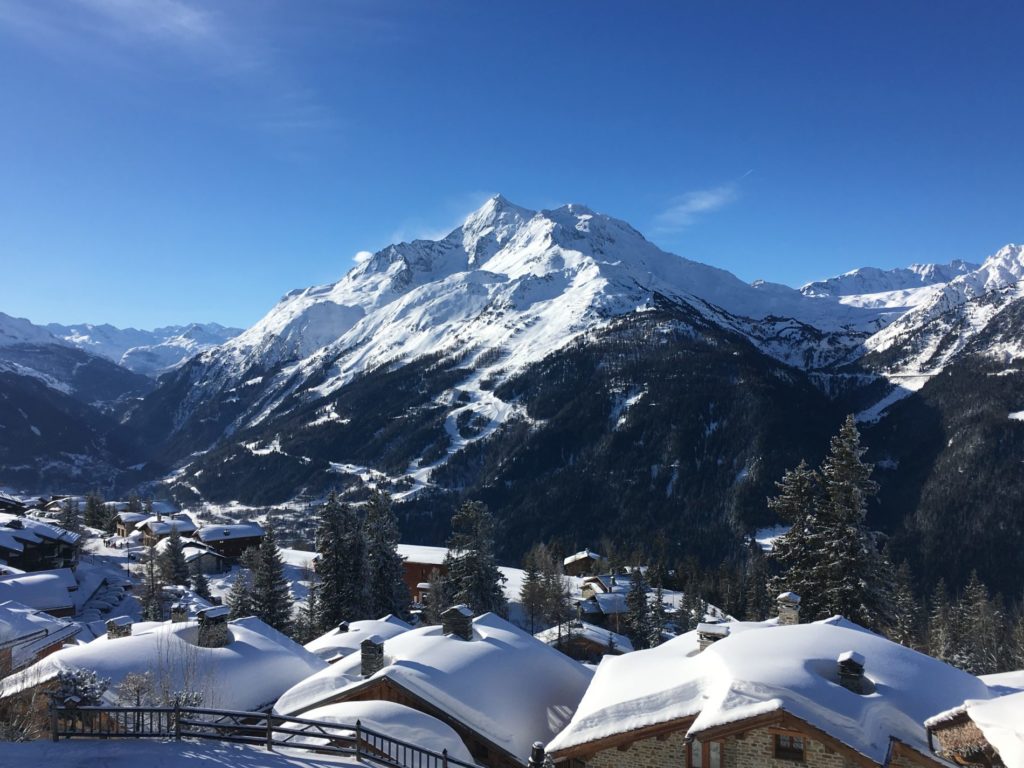Each year about 10,000 Britons are injured on the slopes, a significant amount, but hopfully that wont put you off!!
Here are some of the more common injuries we see:
Head Injuries/concussion:
Sadly, head injuries are fairly common and can be potentially life threatening. Falling at speed and hitting your head on another skier, a rock or tree can have devastating consequences. Obvious injuries like cuts and bruises can be addressed quite easily but you should look out for any light-headedness, confusion, vomiting, drowsiness and loss of consciousness following any head injury as this can be a sign of something far more serious.
We would strongly recommend that if you or one of your party has a head injury that you get to the local medical centre to be examined.
Knee Injuries:
Knee injuries equal approximately a 1/3 of all ski injuries and this is down to the fact that your foot is fixed in a boot so any twisting force that goes through the leg is usually centred on the knee.
The most common knee injury is damage to the ACL. If you have a fall which causes a twist through the leg (can be low speed) and your binding doesn’t release, there is a good chance that your ACL is affected. You might feel a pop within the knee and get pain with fairly sudden swelling. Afterwards your knee might feel unstable.
The knee on the inside of the knee, the MCL, is also at risk when skiing. If catch an edge or lose control the ski can move from underneath you, forcing the knee inwards and potentially stretching/tearing the ligament. Pain will be felt on the inside of the knee and it can be very painful to weight bear.
Sometimes it is possible to ski after a knee injury but if you are unsure or have any of the symptoms mentioned you should seek medical advice whilst in the resort.
Shoulder Injuries:
Any time you land heavily onto your shoulder you are of course of risk of causing damage, especially if at speed. You can fall directly onto the shoulder or instinct might mean you put your hands out to take the brunt of the fall. Unfortunately, both mechanisms can put you at risk of shoulder dislocations, where the ball comes out of the socket and/or upper arm fractures. Both these injuries are very painful, and it is likely that you will need immediate medical attention.
Hand and Wrist injuries:
As we have already mentioned, when you fall it is a natural instinct to outstretch your arms and land on your hands/wrists. Unfortunately, the force of the entire body going through your wrists, at speed, can sometimes be too much and cause the bones in the wrist to break.
There is also a condition known as skiers’ thumb, whereby during a fall the strap of the pole can force the back very suddenly, stretching the one of the ligaments that supports it. The injury can also occur if the thumb gets trapped in the snow and or in the hexagonal matting they use on dry ski slopes.
With skiers’ thumb, if the injury isn’t too bad you might be able to ski on but a fractured wrist will need urgent medical assessment.
Look out for our next skiing article on things you can do to prepare for your upcoming skiing holiday.
Paul O’Connell – January 2020
Owner and Physiotherapist
Bridge Health & Wellbeing
